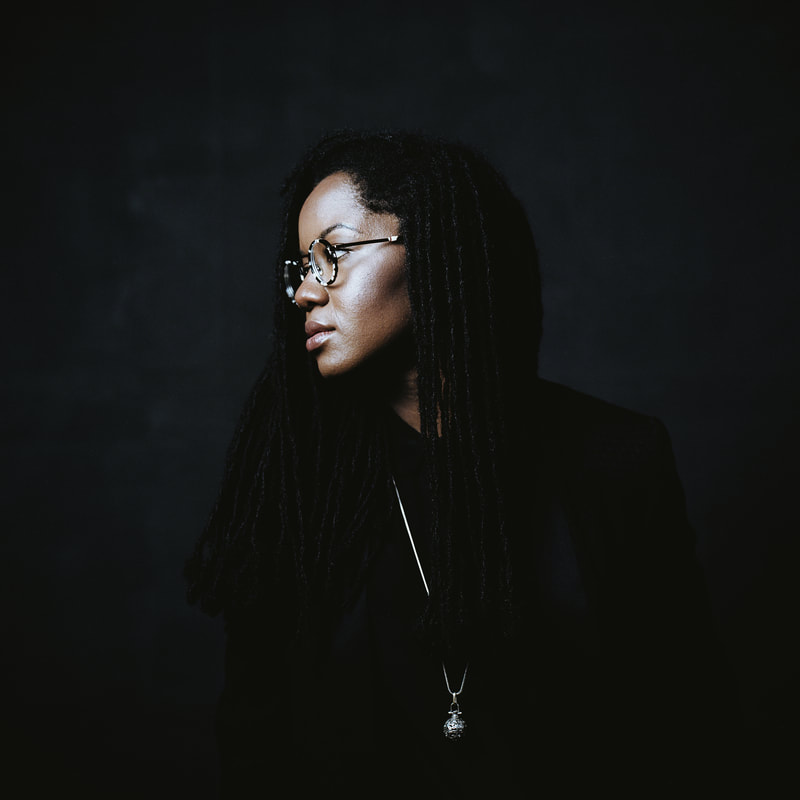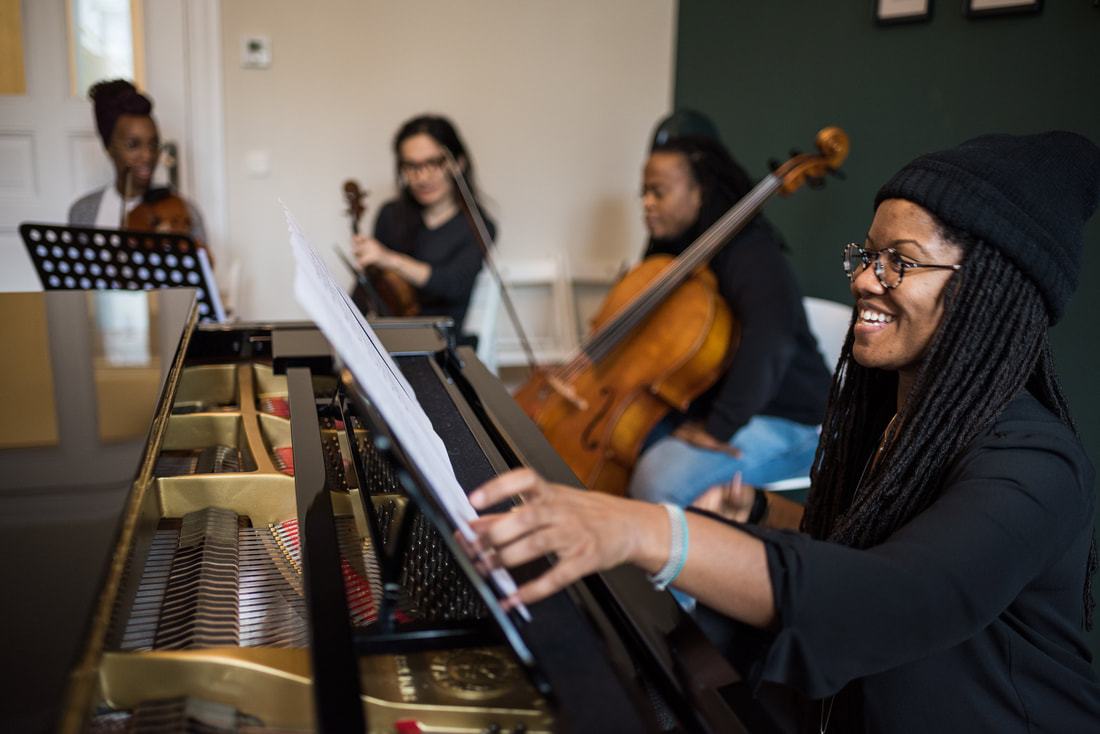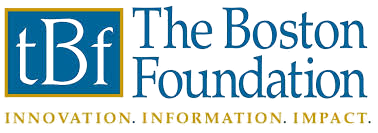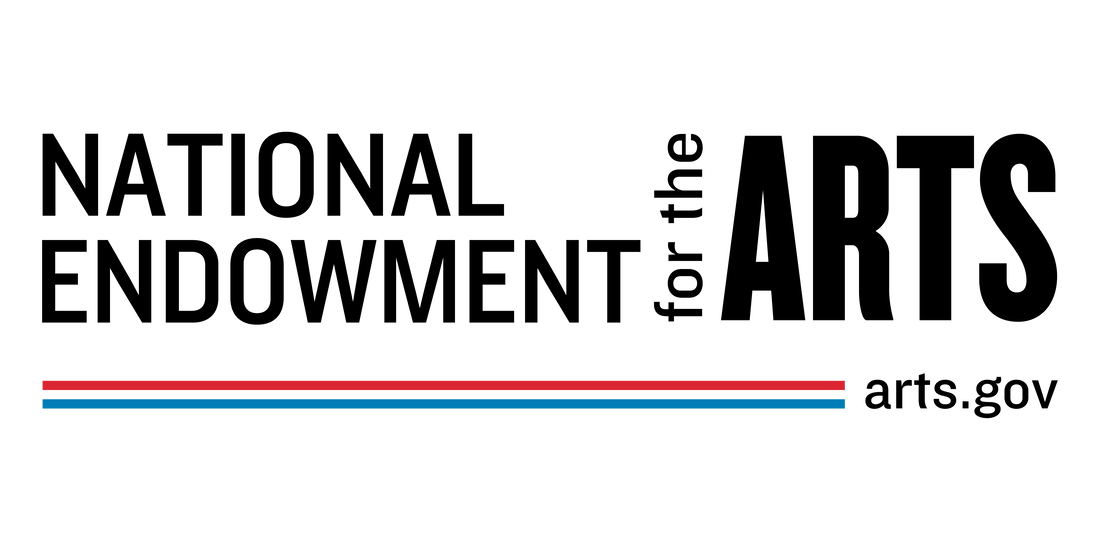|
Hello BIBA fans! Today's post is a spotlight on the emerging composer, performer, and sound artist/healer Shannon Sea! Having first come across her artistry in Berlin, I've been a fan ever since. According to her bio, "Shannon's works explore themes of nature, spirituality, Afro-futurism, and self-exploration. She seeks to create sound worlds that fuse together acoustic and electronic means of expression. [...] Shannon views listening as a form of activism and meditation. She believes that sound can heal and expand one's consciousness." Curious to learn more? Read below! (Photo by Rog Walker) BIBA : How did you get into music, and how specifically did you get into composition? SS : I've been a music lover my entire life. I remember scatting the solos of Coleman Hawkins and John Coltrane when I was a kid. I also knew the intricate bass-lines to all of my favorite classic rock, funk and disco songs. Yet to me, I never thought I possessed any special skill. And at that time and even in my teens, I didn't have the desire to make music my profession -- in fact, the thought never occurred to me. I remember my mother forcing (or from her perspective, encouraging) me to take piano lessons at age 5. It seemed that she wasn't expecting me to become a virtuoso pianist, but she definitely wanted to expose me to music-learning. At that age, I didn't take a liking to piano and never practiced it -- and after seeing my cousin have a lot of fun performing the tenor sax in a marching band, I asked my mom for an alto saxophone instead of piano lessons. She happily agreed. I played in school bands, and was naturally quite good on the sax -- I had a good embouchure and some dexterity -- so I never practiced. And thus, I never became exceptional in music. Like I alluded to earlier, music for me was a hobby at that time, and I never considered studying it in college or making a living from it. So at age 15, I quit music completely. I entered into a photography program at my high school, and left the band. I simply wanted to learn photography and entered into a program that allowed us to work in the darkroom for two hours every day. ... As I look back, I think this is part of the learning process as a young person. You try out things, and you see what sticks. ... So fast forward 17 years later, and I'm 32 or 33, and am working as a lawyer in New York City. I'm walking down Houston street in in the Lower East Side, and I'm crying because of something my ex-lover did or didn't do -- I can't quite remember. But I'm crying and walking, and all of a sudden, I start humming a melody. It consoles me a little, and then I keep repeating this melody over and over because I like it. And then, I record it on my phone, because the whole experience felt new and cathartic. I then forget about the recording for a few months. That night, I remember feeling it was the first time a melody arose within me organically. Before, if I came up with a motif, it was because I sat somewhere and intentionally tried to create a melody. However, that time, it was refreshing to have a sound just appear in my head. Like ripeness to a fruit -- coming from which direction, I do not know; but just appearing. Okay, so fast forward 3 or 4 months later, and I'm listening to this incredible song by Missy Mazzoli, called "Impromptu." It moves me to tears, and then I think about that time I was walking down Houston and boo-hoo crying while humming that melody. I then challenged myself, to create a melody that moves me to tears -- a change from creating a melody after crying. So, I create this melody, and it makes me cry. And then, I find the tones on the piano quite easily. I remember saying to myself, 'Wow, I can do this?!' And at this time, the desire to compose was birthed. I realized composing was another way of expressing myself -- that it was the preferred way. At the time, after finding the notes on the piano, I thought composing would be easy. Haha -- I was wrong. There's nothing easy about harmony, progressions, and good structure. I quickly realized I needed to learn the basics of music theory, such as the Circle of 5ths, and the notes on the Bass Clef, etc ... In 2018, I stopped practicing law, and started taking private lessons to learn all of the basics in music theory, composition analysis, and piano. In May 2019, I officially launched my career as a composer. (Photo by Iveta Rysava; with Sarah Martin, So Fukushima, and Tsepo Pooe)
BIBA : What attracts you about sound healing? SS : I love meditation. It's been so beneficial to my life and spiritual growth. I am a big advocate for it, and I think people should meditate whenever possible. Without realizing it, people meditate a lot more than they think they do. It's simply a matter of being in the present moment. This can happen when dancing, or building something, or even washing the dishes. So, I only shift the focus to sound. The goal is for people to be present when listening to the sound and when listening to themselves. One shouldn't judge the sounds, one should just be -- be with the sounds, be in the moment. To me, this is part of the healing process. The other part of sound healing is the interaction with the wave frequencies. During my sound healing sessions, I perform an experimental, electronic live-set, using synths, field recordings, and electro-acoustic sounds. I use a lot of low-frequency waves during the sessions because I like the idea of the body feeling the vibrations of the music (in a way that does not destroy one's ear drums!). There are several medical studies that talk about the healing effects of low-frequency waves. I don't focus on quantizing the benefits in this way because I'm not a scientist. I approach it purely from an empirical perspective, in seeing that the low-frequency waves help relax and re-center people. When I'm performing a sound healing session, I go into a trance -- I'm completely in the moment. And I'm very attracted to the experience of when I and the listeners are fully in the moment together. You can really feel the energy vibrating at a high level. BIBA : Where do you seek out compositional or general artistic inspiration? SS : I seek inspiration from music and visual artists primarily. I love artists who are free with their artistic expression. This often means they don't produce conventional work -- or don't produce work that was considered conventional at the time they created it. I also like artists who have a very strong personality, and who are unapologetic about it. To me, this means they allow their inner-self, or authentic-self to surface. So, artists like Alice Coltrane, Harold Budd, Toru Takemitsu, Eliane Radigue, Miles Davis, inspire me — in addition to my contemporaries, Solange and Billie Eilish. I get a LOT of inspiration from visual artists. I think it is because many of them are completely nuts -- in a good way. They are completely unconventional -- and naturally so. I really find inspiration from artists of surrealism, minimalism, and neo-expressionism. You can see from many of them that they dig deep inside of themselves and they share with us what they find. Their vulnerability is very magical! René Magritte, Jean-Michel Basquiat, Denisse Ariana Pérez, and Frank Stella are visual artists who inspire my work. BIBA : What are some of the benefits and drawbacks of having an international practice? SS : Benefits: Having so much exposure to different cultures, and to different forms of expression. Having an international practice has made me more open to possibilities and experimentation in my work. Drawbacks: I think it's harder to establish deep roots in a particular city when your work takes you everywhere. BIBA : I give you the commission of a lifetime: unlimited time, funds, resources, and whatever else you need. What piece would you compose? SS : I would co-create a 720-hour (30-day) piece that included every musician of African descent in the world. These musicians would be flown in from every country, every city, and every village. So let's say 1 million or so, musicians would participate. Then about 33,000 would perform per day, alternating shifts of 4 hours, I imagine. I would then co-write the piece with about 29 other composers of African descent. We would each compose 24 hours worth of music, that would be woven together to create this 720-hour score. ----- Want to know even more about Shannon Sea? Visit her website: www.ShannonSeaMusic.com Follow her on Instagram: @ShannonSeaMusic Like her Facebook: www.facebook.com/ShannonSeaMusic
0 Comments
Leave a Reply. |
Details
Writings, musings, photos, links, and videos about Black Artistry of ALL varieties!
Feel free to drop a comment or suggestion for posts! Archives
May 2024
|
Member Login
Black concert series and educational programs in Boston and beyond



 RSS Feed
RSS Feed










